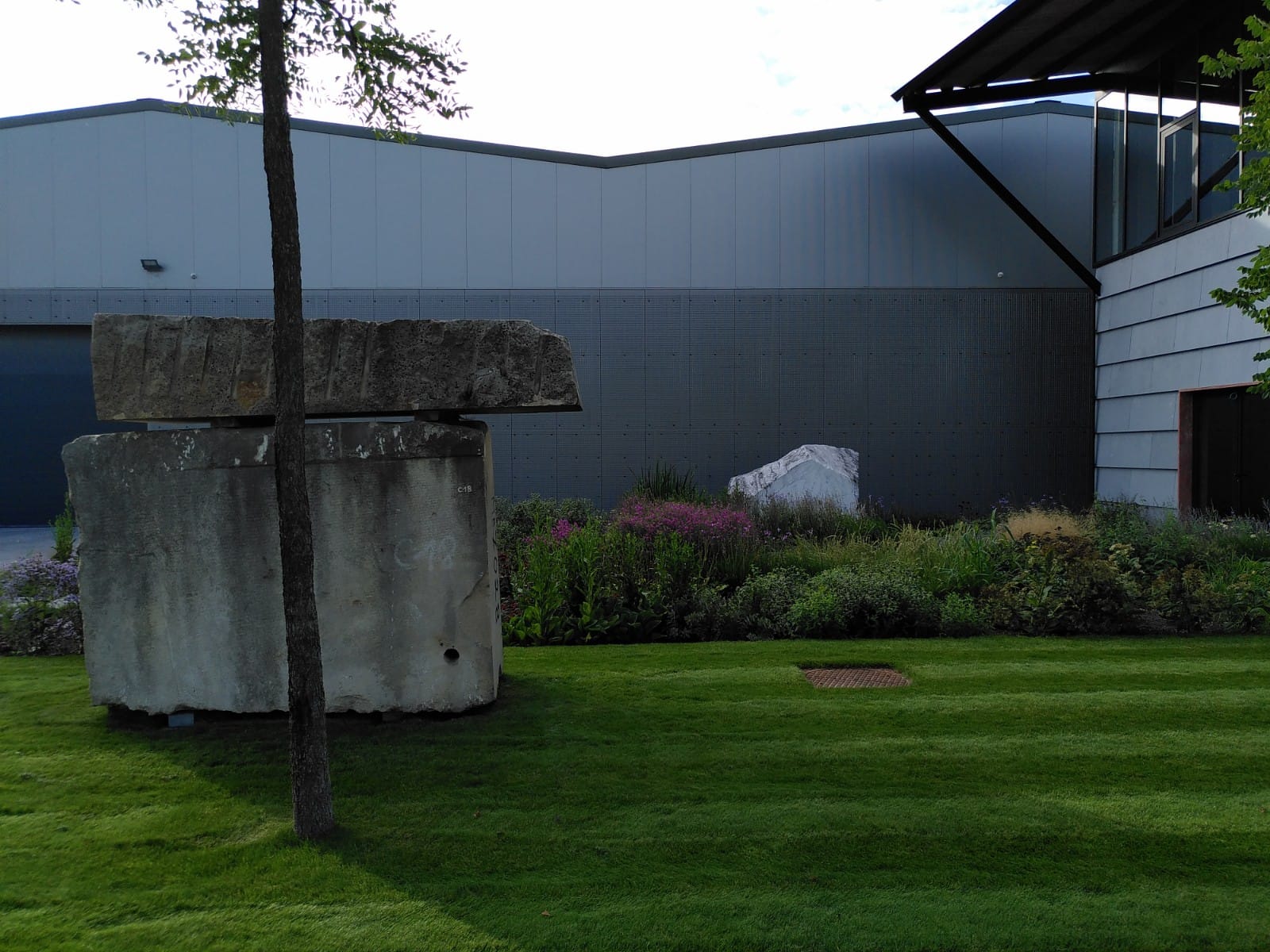
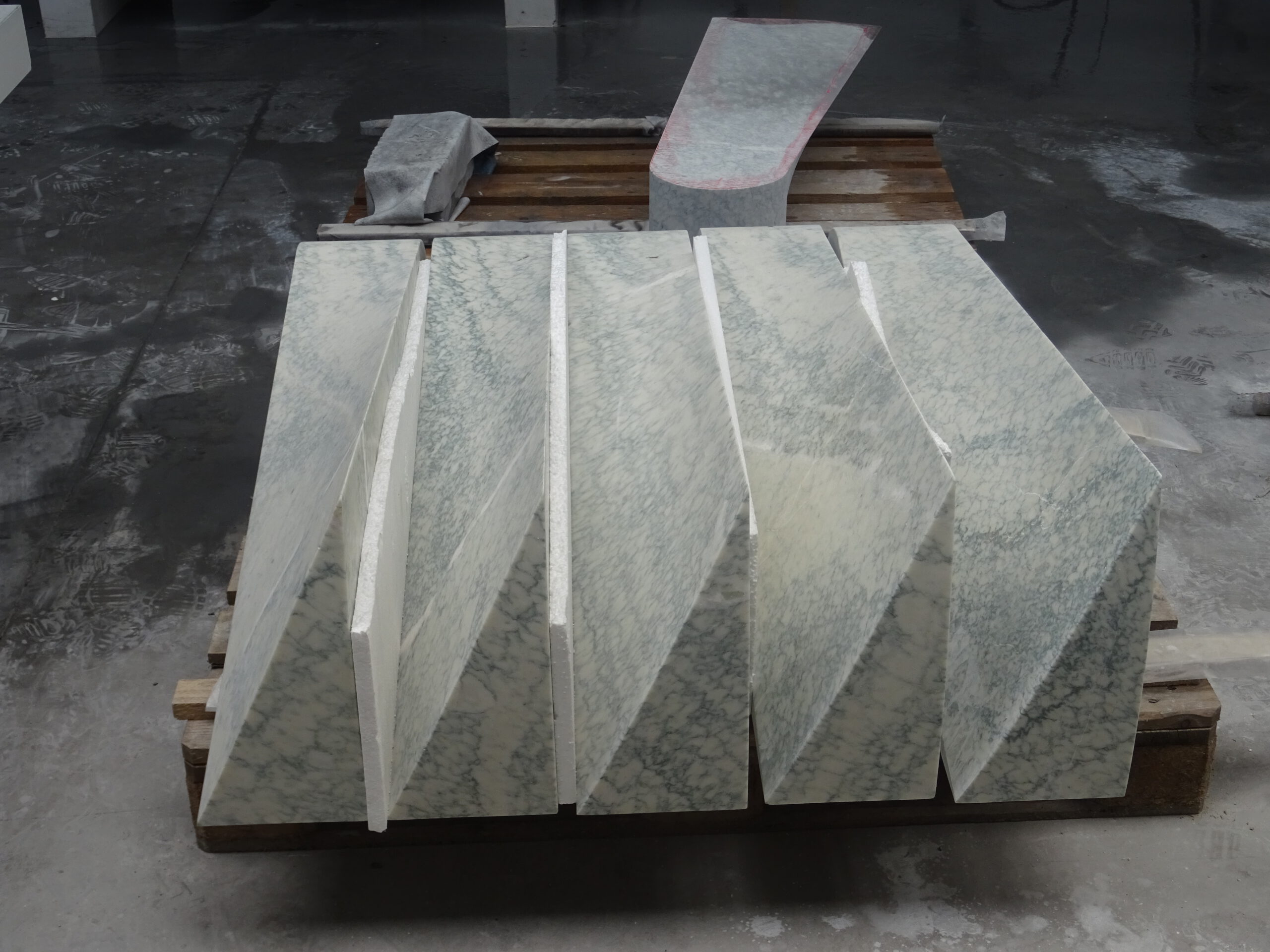
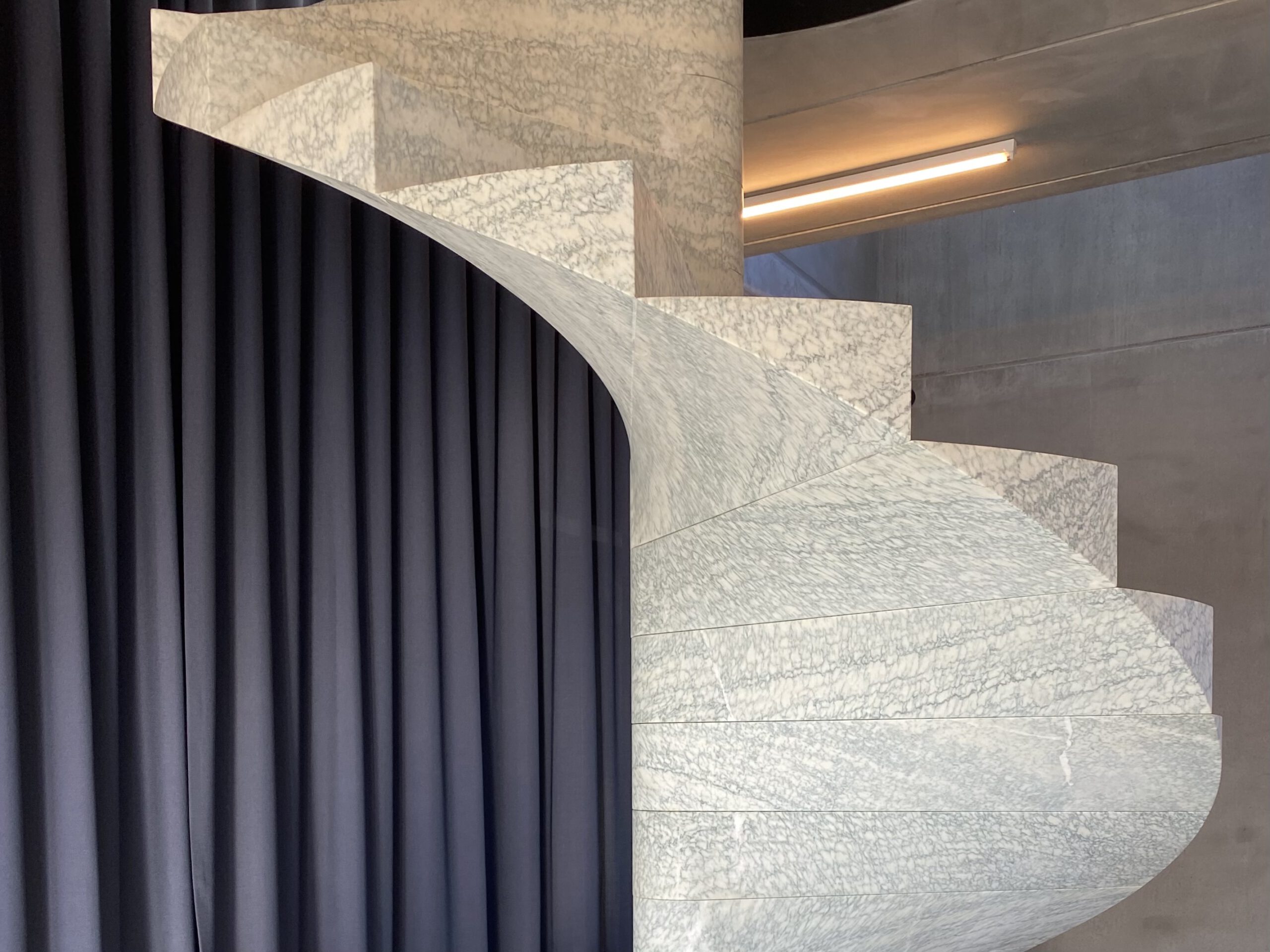
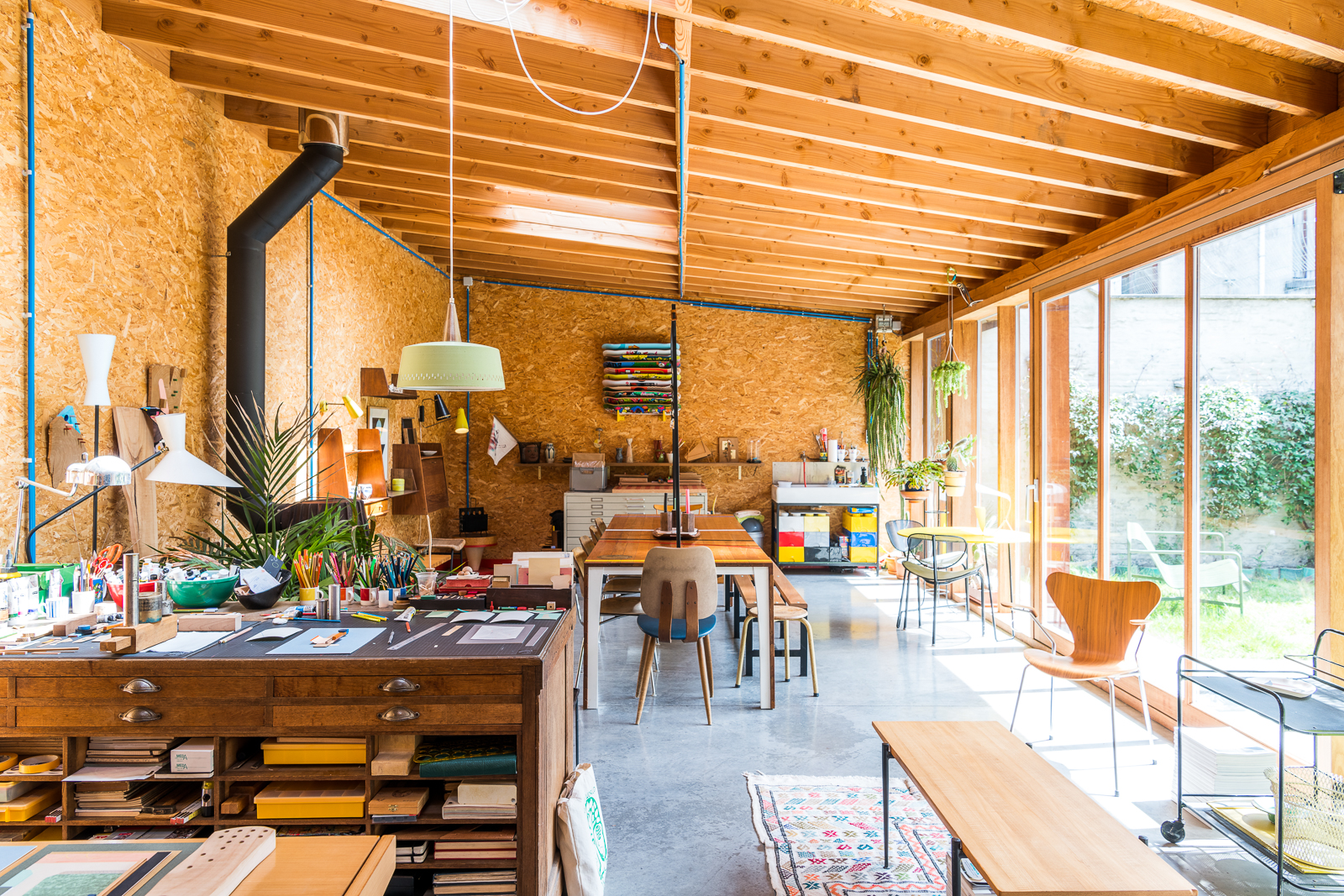
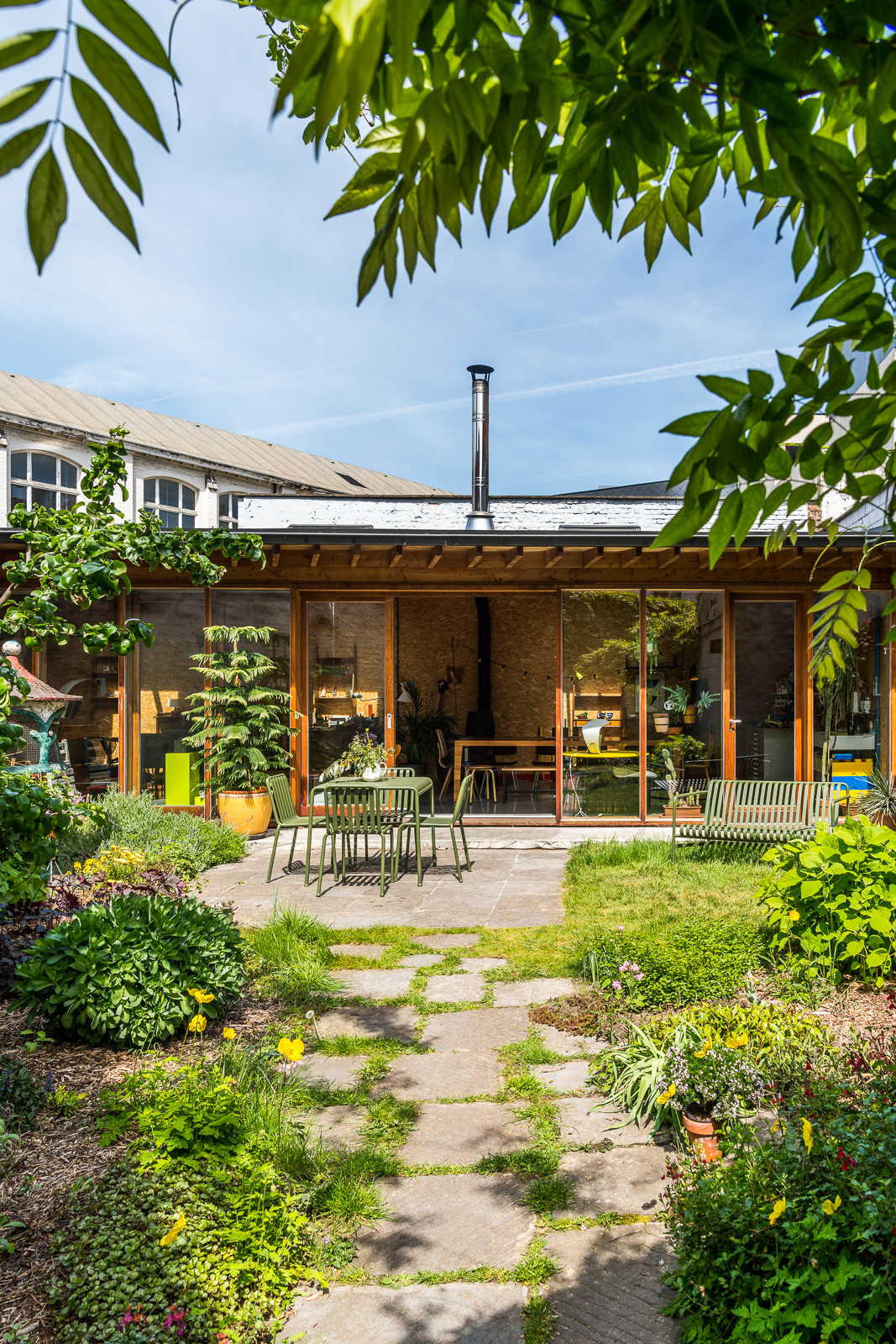
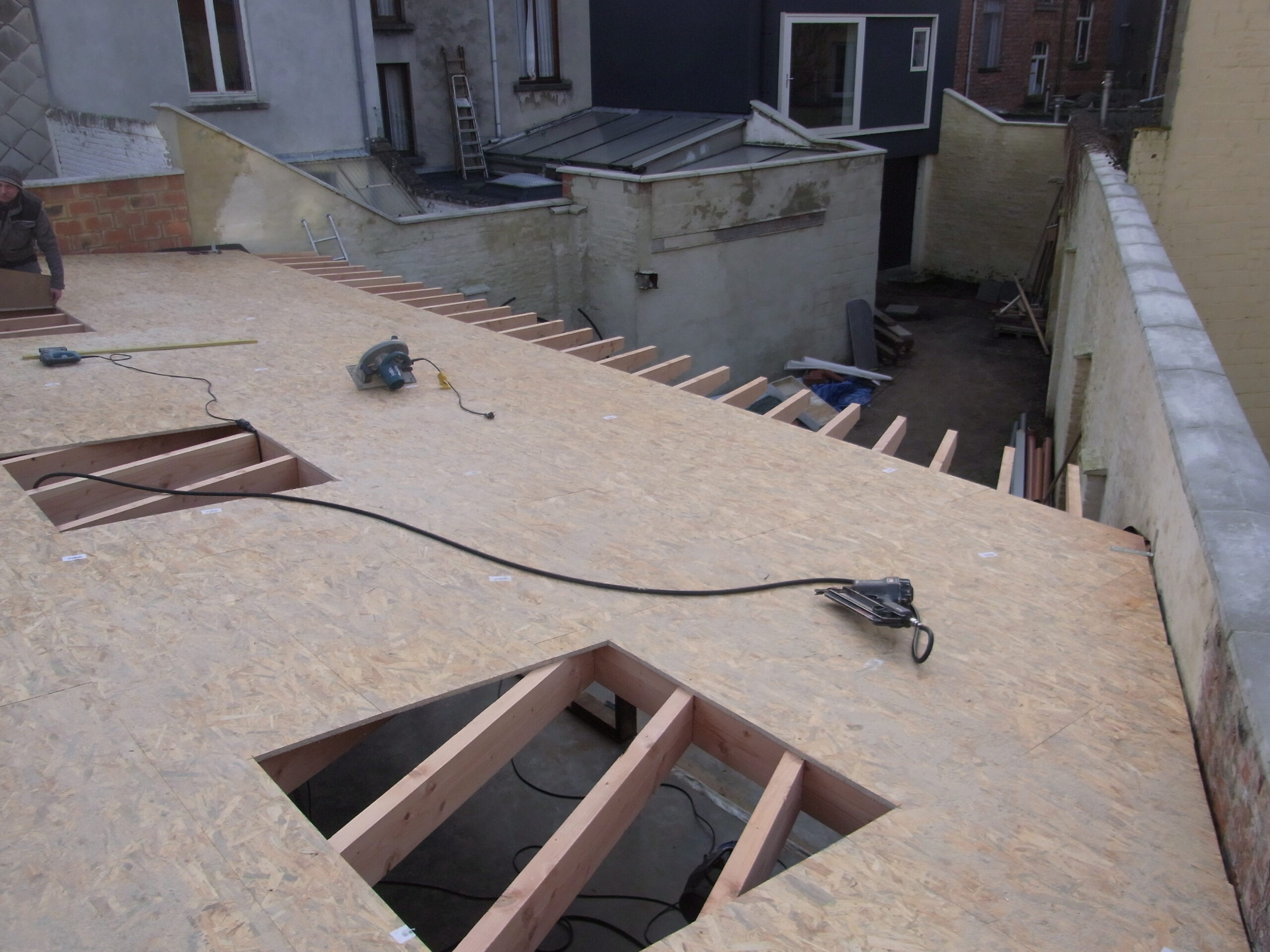
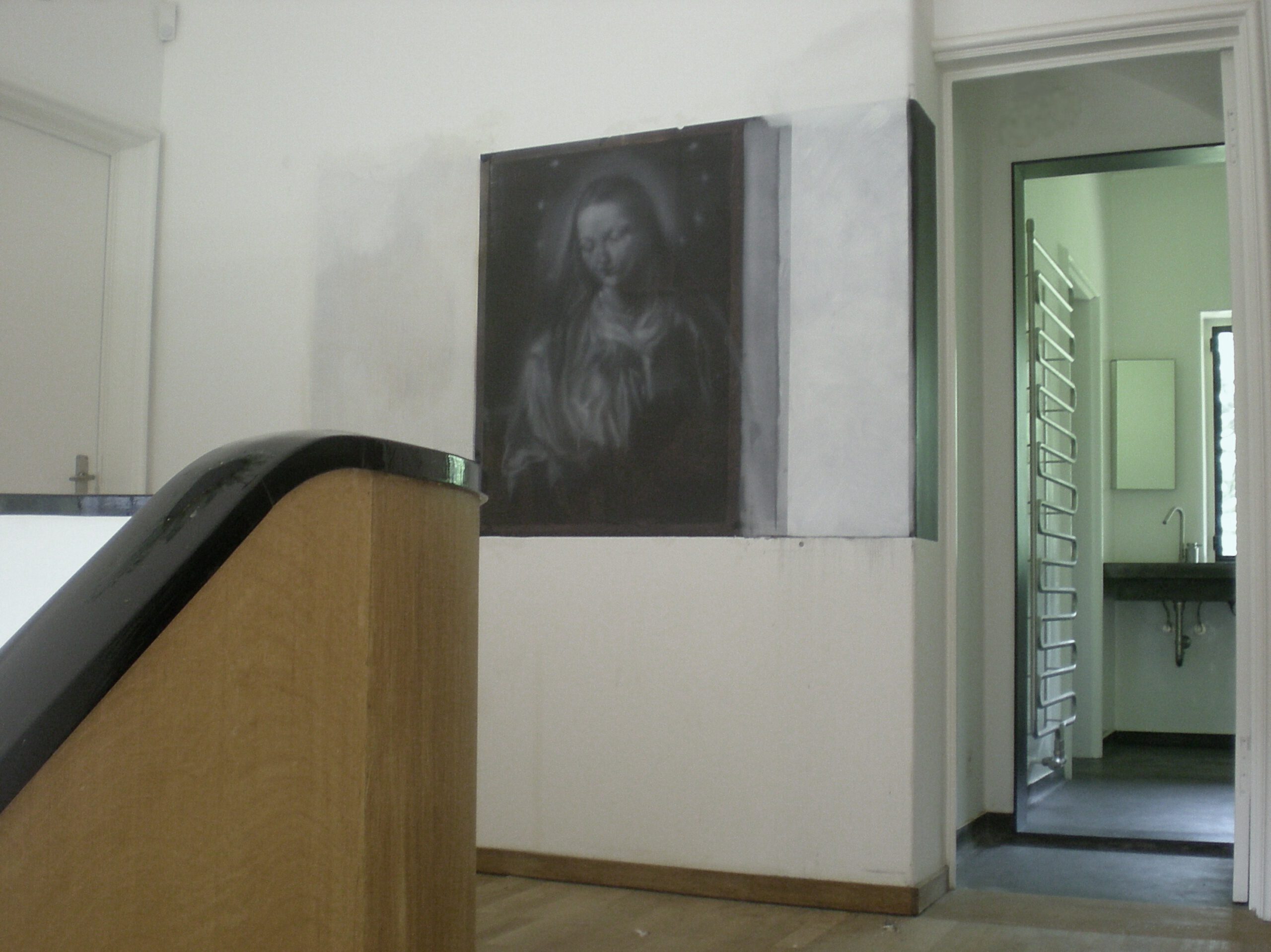
muurschildering Matthieu Ronsse
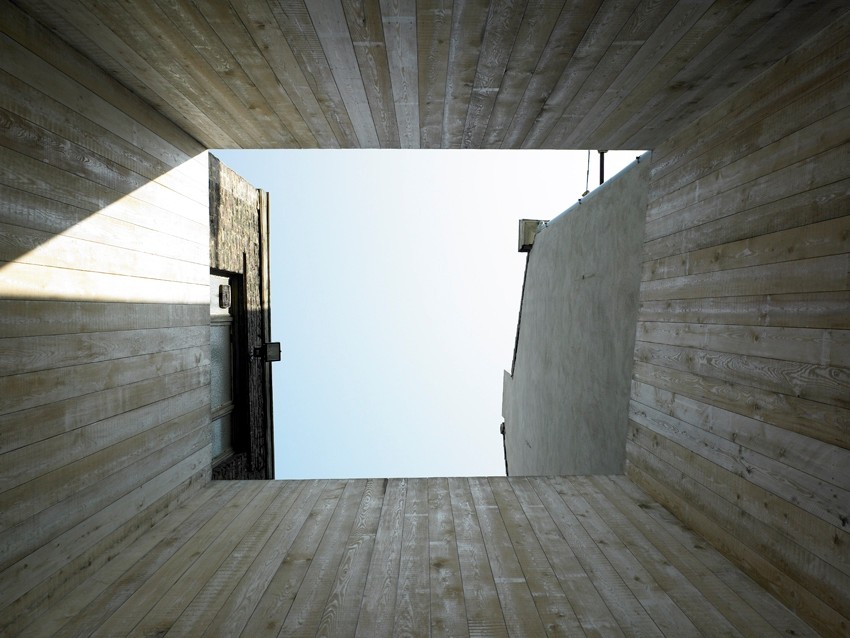
twiggy - verbouwing van een winkelpand - 2006 - ontwerp ism jan van gassen
BIO-ENERGY refers to the various forms of life energy present within us and around us. Bioenergetic therapy centers on the well-being of each energetic being in harmony with oneself and its environment.
The focus is on restoring wholeness to the person, animal and nature. The goal is to create harmonic balance both on the physical and emotional, mental and spiritual levels of the individual.
This includes not only the energetic network within and around the body, but also the interaction with the environment. An individual imbalance is therefore sometimes approached and resolved collectively.
After a thorough analysis, the most dominant disturbing factor is identified and addressed step by step in each case. The goal is to revitalize the self-healing capacity and balance the energy.
This method offers the possibility of identifying the origin of problems with precision. Geobiology comes to the fore when a condition, for example, is related to electro- or geopathogenic influences in the environment.
The energetic quality of food, food supplements, medications and objects can be measured, ranging from toxic to regenerative. Here the impact and their compatibility on the body is also screened.
TERREIN evolved from the insight that our architectural culture is overlooking an essential link.
We are very good at reading places, interpret them and consider various preconditions, but forget to include the influence of the living environment on one’s well-being in the design process.
TERREIN stands for designing in harmony with the location.
The method is based on geobiology, which studies the effect of the environment on biological systems.
This includes not only physical aspects, but also energetic influences of the environment. Awareness of these factors can lead to more accurate design decisions for building or renovation projects. The ambition is to establish a sustained connection to place by bringing the subtle and rational together in harmony in design.
TERREIN integrates the vision of the place into the design.
This connects the design to the needs of the site to recover from harmful disturbances. Likewise, favorable qualities that positively affect the well-being of residents and users are exploited.
By developing the project in dialogue with the environment using a decision tree, the process can be more efficient based on feedback from the site itself.
TERREIN explores how design concepts can be used meaningfully and appropriately for the site.
The advice supports the design and construction process in selecting the most favorable choices, which lead us to an optimal qualitative and clear balance.
Building principles and materials also play an important role in disturbance-reducing and harmonizing construction. Their energetic quality and compatibility are tested and their effect on the environmental context is screened. For example, the fact that a product scores positively on durability does not say enough about the quality of its overall properties. A construction principle or material that works in one location is therefore not always compatible at other locations.
The evaluation additionally zooms in on form features such as volumetrics, proportions and rhythm; on material features such as transparency, color and texture.
TERREIN cleanses the place.
After completion of the construction work, an on-site biosanitation is performed to neutralize the remaining harmful information carriers and optimize the positive influences, as is done in existing buildings and dwellings.
Each consulting package is tailored to the project so that the design can best fit the unique conditions.
[email protected]
T+32 479 21 85 84
Sophie Meersseman (1971°) has an extensive background in architecture and interior design. She studied at Sint-Lucas Ghent and gained experience at renowned architecture firms such as Vincent Van Duysen, Stéphane Beel and Xaveer De Geyter. She also taught design at KU Leuven, Sint-Lucas Architecture campus in Ghent.
What makes her work unique is her focus on well-being from an energetic perspective. She uses an integrative approach aimed at sustainable quality of life. Her research starts from clear intentions. She believes that energy is the starting point for any engagement and largely determines how we individually and collectively interact with and shape the world.
Her practice rests on three closely linked complementary pillars: architecture, bioenergy and geobiology.
As an architect, she is passionate about creating spaces that are not only functional, but also have a positive impact on the well-being of their users. Her designs are thoughtful and strive for harmony between people and environment.